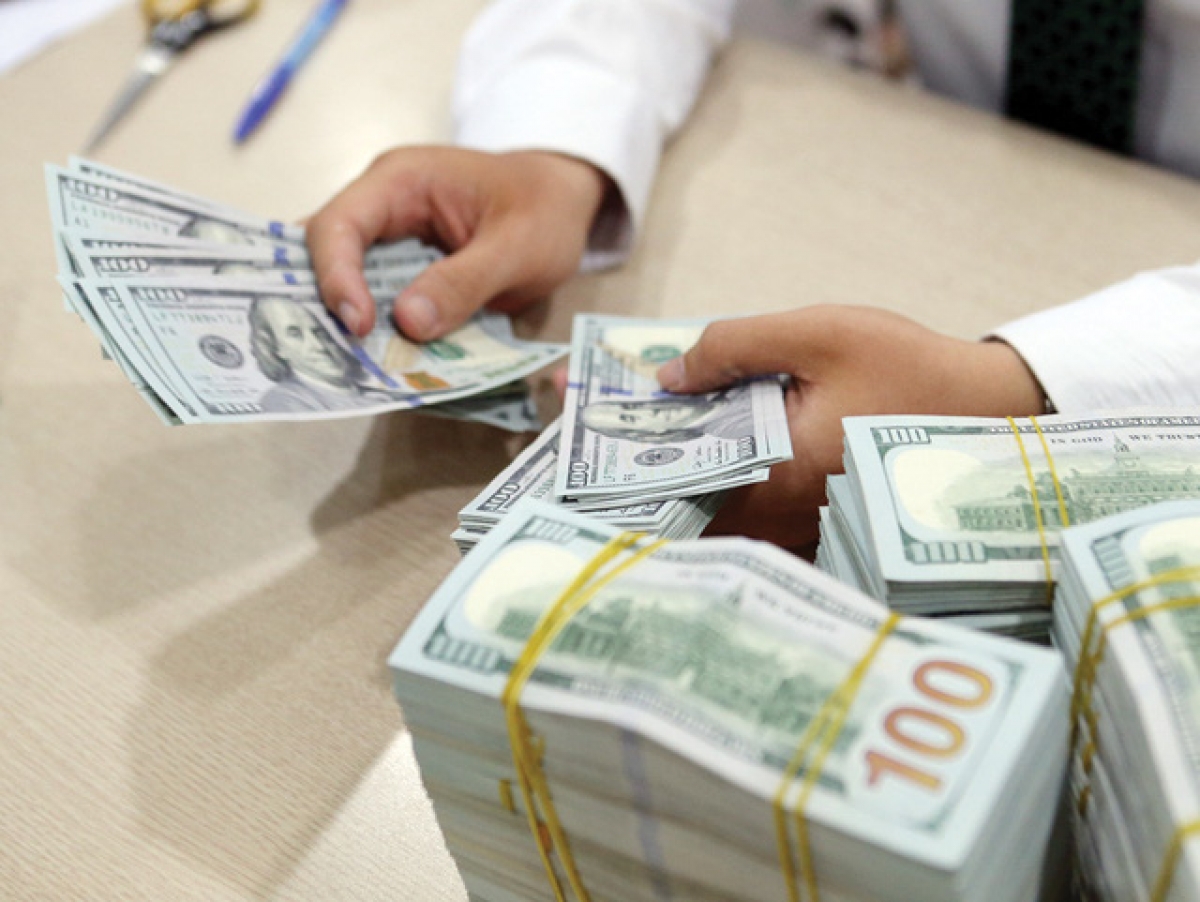Will risk aversion lead to a stronger dollar?
The risk aversion remains high in many financial markets, and that continues to suggest a firmer dollar.

US dollar might hold firmer on risk aversion.
Riskier assets, such as stocks, remain on the backfoot with the US S&P 500 now flirting with bear market territory given the near-20% fall from the highs seen at the start of the year. Notably, it has been one of the worst performers relative to other G10 nations.
Through this period of stock market weakness, we have seen the dollar appreciate. That’s not unusual. The relationship between stocks and currencies is not always clear. For instance, there is a good deal of focus on month-end or quarter-end rebalancing; when those asset managers that need to maintain specific country weights will sell stocks in outperforming markets and buy those of underperforming countries.
Hence, there is some scope for relatively poor stock market performance to lift a currency – at least at month-end or quarter-end. But this really goes against the idea that countries with relatively weak stocks should see poor currency performance, assuming that the poor performance of stocks reflects a relatively weak economic backdrop. In general, then, there’s some controversy about how currencies are impacted by stock movements.
However, Mr. Steve Barrow, Head of Standard Bank G10 Strategy, suspects that things change when stocks fall dramatically as a reflection of rising risk aversion. For in this case the dollar tends to perform well as its “safety” characteristics come to the fore. This is what seems to be happening now to the dollar. And while this threat of high risk aversion persists – as we think it will – the dollar seems unlikely to shed any of its current strength.
Indeed, it may become significantly stronger because the reasonably sharp fall in equities could still develop into a massive rout should the Fed fail to get on top of inflation and be forced to hike rates far more than the market expects. This is a considerable risk in Mr. Steve Barrow’s view.
However, we also have to acknowledge that the more the Fed tightens and the bigger the recession risk becomes, the more the Fed will have to unwind rate hikes in the future, once inflation is in check, and this could weigh on the dollar heavily. In other words, the faster the dollar rises in coming weeks and months the faster it could fall over the long haul.
“At the moment our longer-term forecasts are for relatively modest US dollar weakness with euro/dollar, for instance put at 1.25 in two-year’s time. We had lifted our forecasts for the dollar considerably in the wake of the Russia/Ukraine conflict on the basis that sharply higher energy prices will weigh on Europe and Asia far more heavily than the US. While we stick with this view, we also acknowledge that our longer-term forecasts for the dollar could be revised back down again should the Fed misjudge inflation risks and push the economy into a recession later this year or next year”, Mr. Steve Barrow said.
>> Is there an alternative to USD?
One other avenue for longer-term dollar weakness comes from a move to tighter monetary policy from those central banks that have resisted so far. The two that spring to mind here are the Swiss National Bank and the Bank of Japan. It was notable that SNB President Jordan spoke last week about the bank’s willingness to tighten monetary policy should price pressure rise too much.
The fact that the ECB will seemingly start lifting rates from July will also have a bearing on the SNB’s thinking, although the first Swiss rise won’t happen until early next year. Nonetheless, just the fact that the SNB is kicking into gear about rate hikes could lift the franc and put some pressure back on the dollar.
The same goes for the yen although we dare say that the BoJ will be the last G10 central bank to hike rates and it could still take some time yet. The fact that the BoJ has not created speculation of tighter policy even in the midst of the big fall we saw in the yen following Russia’s invasion of Ukraine, suggests that it will still take some time – and much higher inflation – to see a significant adjustment in policy. But we know how FX markets work. Currency strength for those lifting rates normally occurs as rate-hike expectations build and, once higher rates are actually delivered, the strength tends to wane as the rate rises are already priced into the market.








